Pinocchio’s fairy tale is in danger of not having a happy ending. We are talking about the Theme Park about the famous character created by the imagination of Carlo Lorenzini, who in Collodi (hence his pseudonym) since 1956 has honored the memory of the puppet with what began as a monument to Pinocchio and later became Italy’s first theme park. Even if it is an open-air museum, because of the sculptures and installations scattered along the path, among flowers and vegetation carefully designed to dialogue with the works: one of the first experiences of environmental art in Italy where contemporary art declined on a nineteenth-century fairy tale is the protagonist. In fact, the park is in danger of closure as the accounts of the Carlo Collodi National Foundation, which manages it , are in trouble: the conspicuous decrease in visitor numbers with the arrival of an injunction for garbage tax not paid for a number of years, with related garnishment of current accounts, may be fatal.
On the horizon, as Il Tirreno writes, is a new company with private input for an expansion on a 12-hectare site adjacent to the current Monumental Park, untouchable due to Superintendence constraints, which includes pavilions and environmental art installations by such archistars as Zaha Hadid (recently deceased), Daniel Liebeskind, and Mario Botta.
Does Pinocchio no longer fascinate? This is an albeit simple question that one asks when looking at the decline in the number of visitors who each year pass through the entrance of the Park of Collodi, a hamlet of the municipality of Pescia, in the province of Pistoia: in 2024 (as reported by Il Tirreno) there were 68,070 entrances, about 26,000 fewer than in the last year before Covid, 2019; in 2021, in the midst of the pandemic, there were 48,286 visitors. Long gone are the days when more than 100 thousand people from all over the world crossed the entrance every year. In fact, the book of the fairy tale of the puppet and Geppetto, the Blue Fairy and Puss in Boots, is internationally known with translations in more than 100 languages, not counting the cartoons, films and screenplays that have also perpetrated its exploits in cinema and television.
The Park retraces the plot of “The Adventures of Pinocchio” in a journey with installations and set designs that saw artists, architects and artisans try their hand at its creation to make it fascinating and attractive to children and even adults (story and photos in Ilaria Baratta’s detailed article from 2020). Today, however, this model does not seem to attract as much as it once did, and it is striking to read comments on travel experience sharing sites where hundreds leave reviews expressing negative and cutting judgments, criticizing above all the age of the attractions and poor maintenance compared to a ticket price considered expensive for the proposed offer. And while achieving a total score of 3 out of 5 with 2173 reviews, there are as many as 450 who rated it as bad, and 381 as poor. Of course it has no statistical value (the review is written by those who feel like it, and not everyone), nor a guarantee of reliability, but 830 negative comments all centered on the same critical issues is heavy. The unfavorable ratings are offset by 401 reviews indicating the experience as “Excellent,” 496 as “very good,” and 449 considering it “average.”
Clearly, just the history or being a vintage lover, as one user writes in the reviews, is not enough to appreciate what is described as an attraction site that is “outdated” and overpriced compared to what is on offer for the visitor. There are parents who visited it 30 years ago and taking their children there judge it outdated, but others who bring their enthusiastic children back recommending that they visit it in the right spirit, that is, like entering a fairy tale.
Let’s take the one by “Martina P.” dated August 25, 2025 entitled “Bad experience”: “The Park seems to have been abandoned for at least 10 years. The interactive museum almost completely turned off, dirty and poorly maintained. The rest of the Park is reminiscent of the set of Jurassic Park when they find themselves in the tourist area precisely abandoned for years and now in ruins. The whale is an open-air urinal, the fairy house is falling apart, the puppet show lasted 10 minutes and was in dubious taste. Just my 2-year-old son could not notice the degradation because precisely he is only 2 years old. The ticket cost is legalized theft, the only thing kept well is the shop. I wonder why! Too bad because there were so many tourists there, including foreigners.... It would have great potential but as usual it is poorly managed.”
Of a different opinion “Mario M.” from Rome who on August 20, 2024 wrote a review entitled “Beautiful day at Pinocchio’s house”: “Park to visit with children, perfect for them, definitely less if teenagers. Our 6-year-old Andrea had a great time, 14-year-old Federico ’ni’. Andrea went crazy with laughter at the puppet show, and wore out the adventure trail. He also enjoyed the theme trail and maze. He enthusiastically participated in the 2 p.m. workshop where he did a salt dough craft, finally the water games. He also liked the merry-go-rounds (which accuse a bit of antiquity but have their own charm because of that) although one is broken down. Inside, the restrooms are spotless and the bar works very well with affordable prices. Be careful remember that you are not going to Gardaland, Disneyland and the like...if you expect this you will be disappointed: it is a journey into the Pinocchio fairy tale illustrated by artwork by artists who have a different charm than the ’carousel made in the USA’. Personally, I was enchanted by the little house of the blue fairy.”
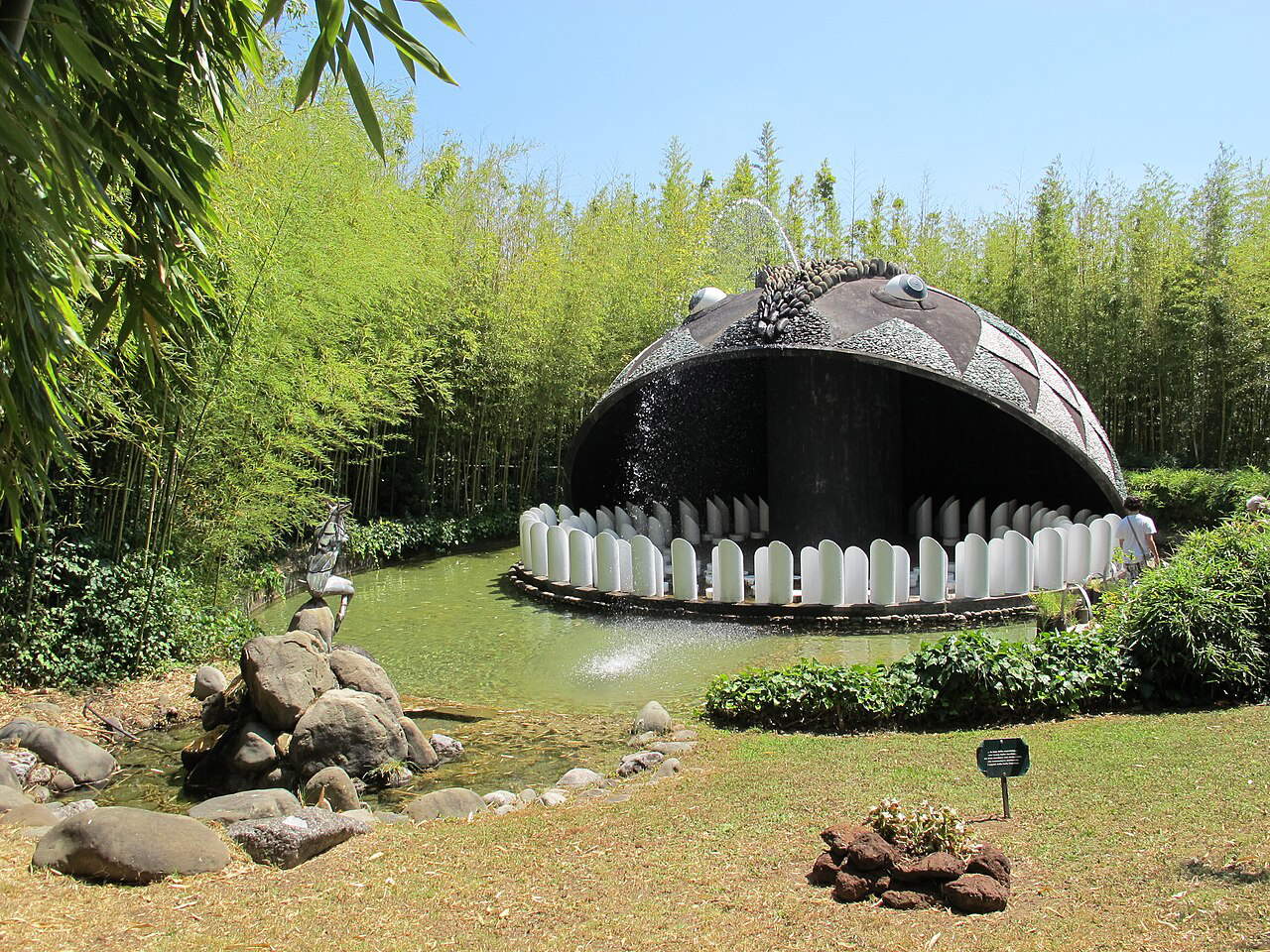
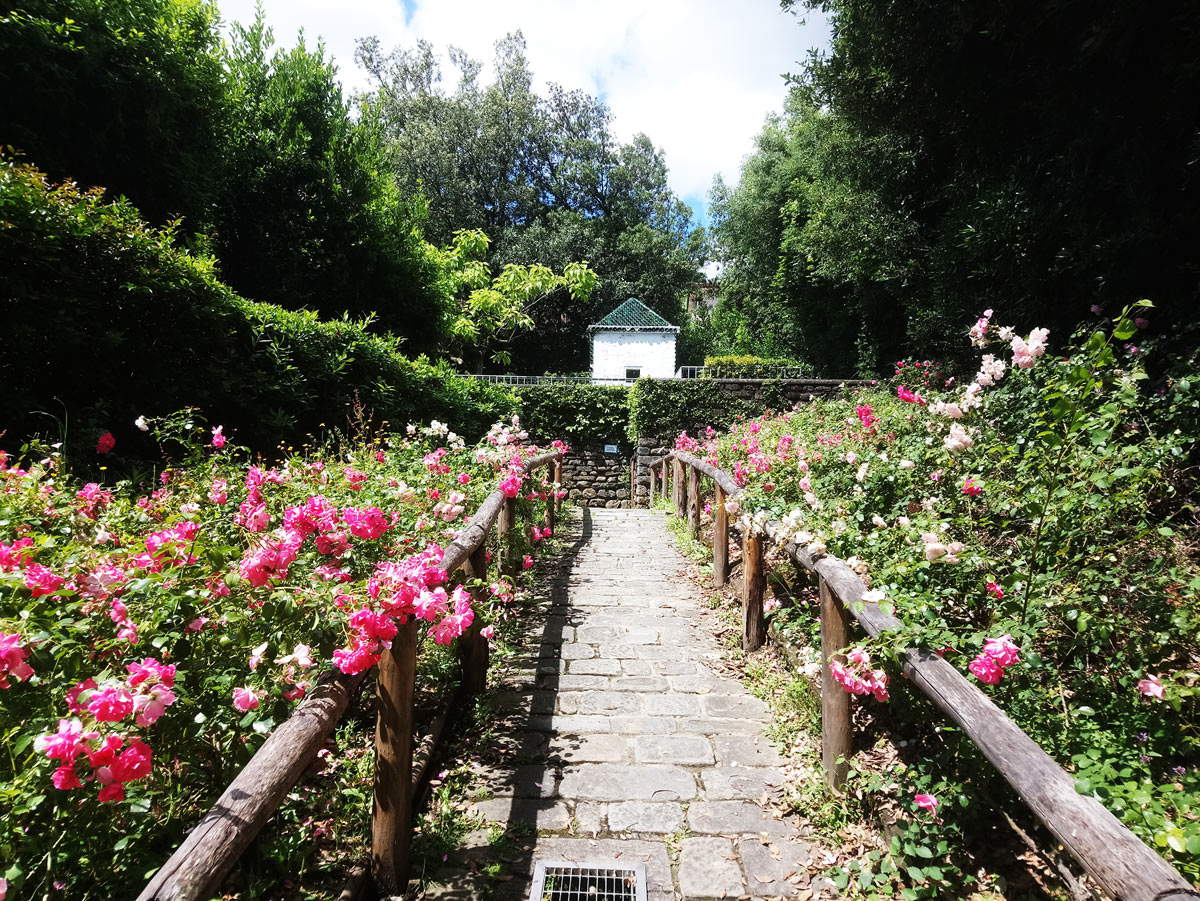
Many reviews refer to the excessively high cost of the entrance ticket: the ticket costs 26 euros and from 2021 has a formula that provides a single ticket to visit the three attractions on site: the Pinocchio Park, the Villa and Garden Garzoni (where Collodi spent his childhood as his father was a gardener here) and the House of Butterflies. There is a family-ticket formula that for three people (two adults and one child or one adult and two children) costs 63 euros instead of 72.
It should be noted that although the number of attendances has dropped, the receipts have increased compared to 2019 precisely because of the merged ticket for the three attractions: 896,332 euros in 2022 and 860,683 euros in 2023, while the 2019 receipts were 859,428 euros.
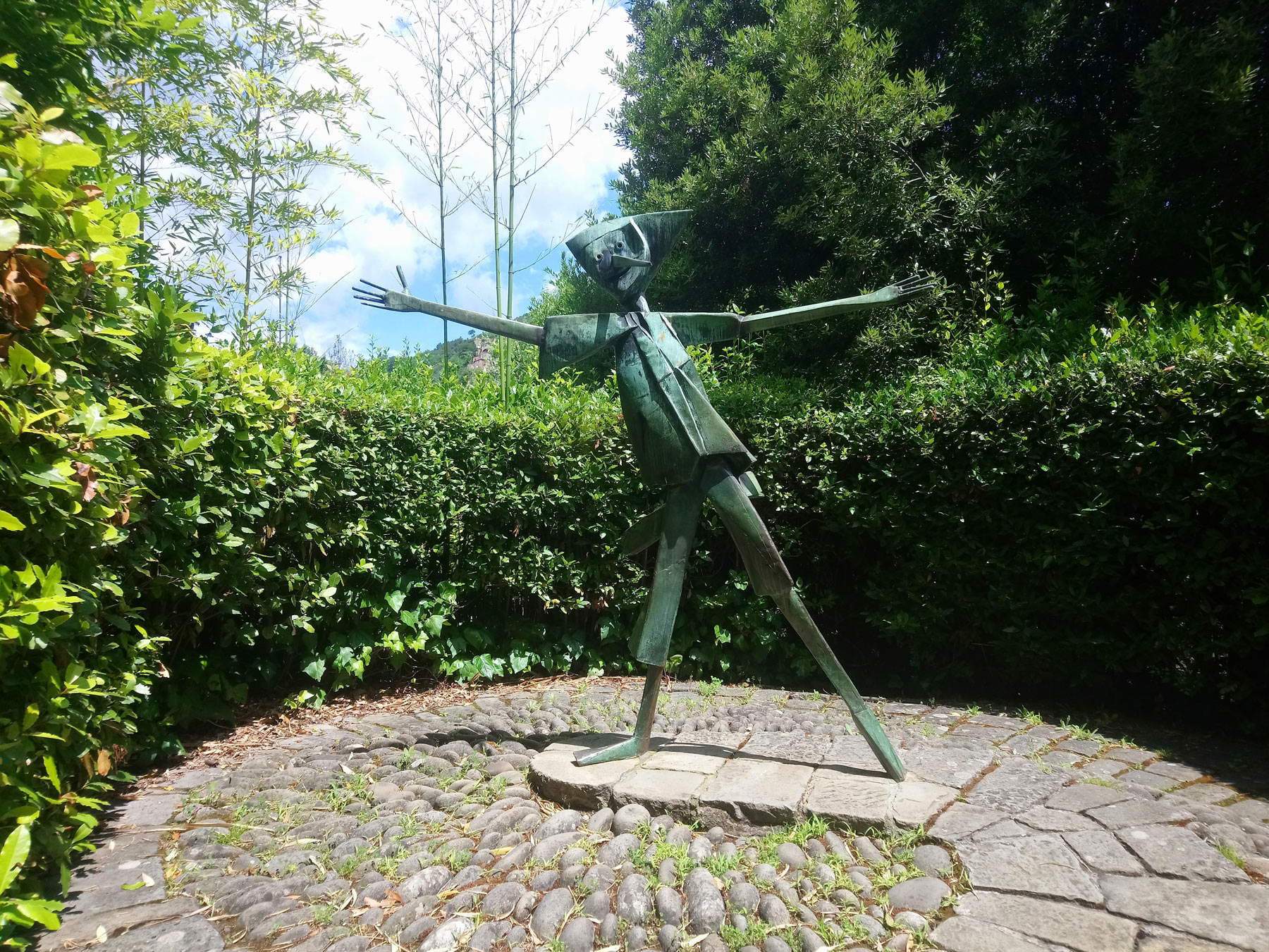
In the midst of the tourist season came news of thepayment injunction to the Carlo Collodi National Foundation for unpaid waste tax from 2013 to 2018, which totaled about 700,000 euros. Notices of assessment for the purpose of collecting the Tari had been initiated by the Municipality of Pescia in 2019, which was then followed by a settlement agreement for the payment of 300 thousand, and in installments, reached in September 2024. Failure to comply with the agreement, with the non-payment of installments, caused the settlement to lapse and triggered a freeze on the foundation’s current accounts by the collecting agency in August 2025, effectively halting its operations by not being able to pay employees or suppliers.
The Tyrrhenian has reconstructed the debt situation: “The latest official data we have available is from the report of the steering committee, which as of last April certified an administrative deficit of almost 900,000 euros. In its report, the board of auditors pointed to debts with the Internal Revenue Service and collections of more than 200 thousand euros related to withholding tax on employees, Inps social security contributions, Inail insurance premiums; mortgage repayments; an average reduction of 15 percent on the revenue side for park admissions; and indebtedness with banks of almost 1.5 million euros. All of this, moreover, made the board of auditors say that expenditure restraint, implemented during 2024, had not been sufficient to repair the already compromised financial situation and that extraordinary measures would have to be taken. The auditors also pointed out that the deficit was to be ascribed not only to the last year, but at least to the last three fiscal years, accumulating a monthly administration deficit of almost 25,000 euros that eroded the Foundation’s assets, which for this reason lacked liquidity. For Massimo Cottini, a lifetime advisor to the Foundation, the financial situation has been negative since at least 2017.”
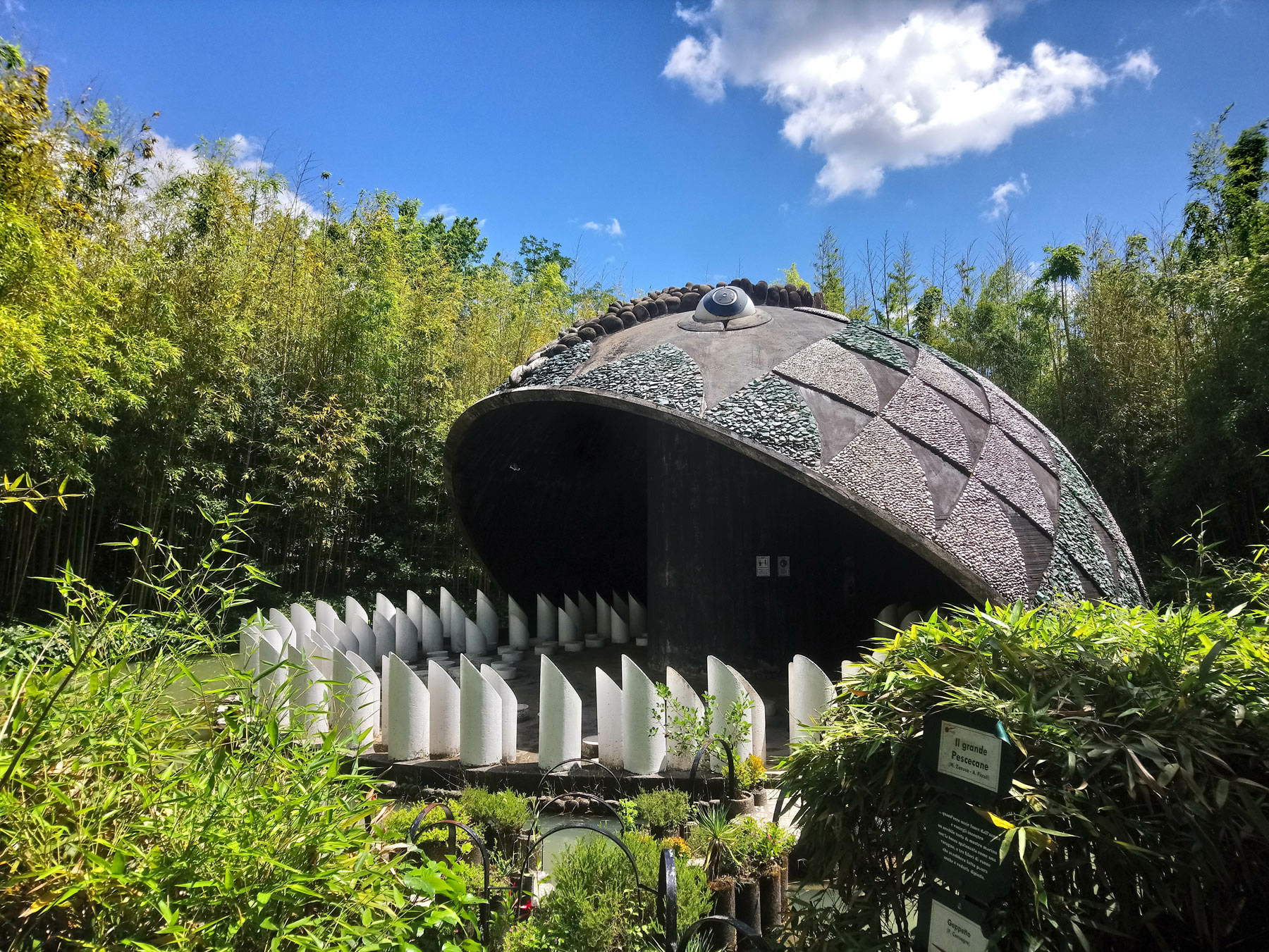
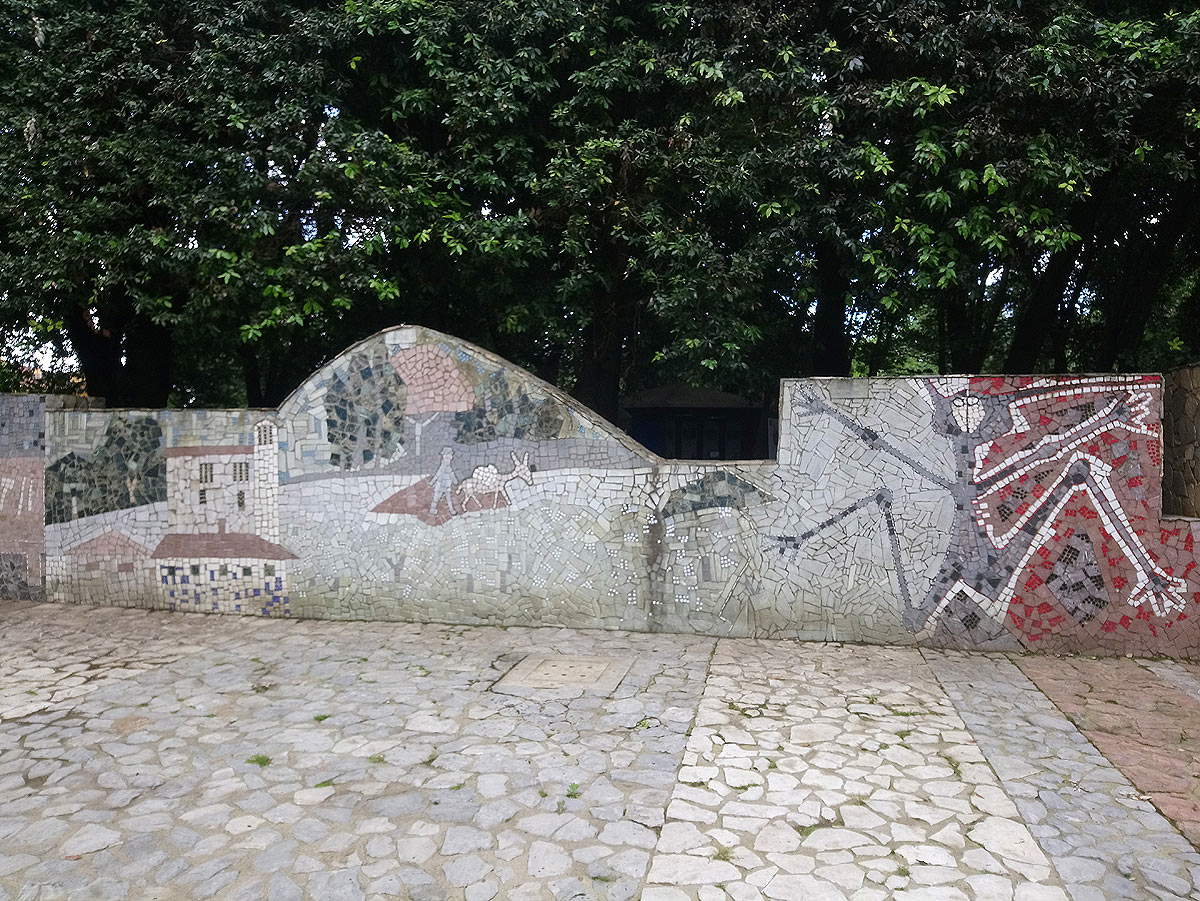
Now it would take a tree of golden ticks, and it seems that it will be brought by a cordate of private entities that together with the Collodi Foundation is creating a limited company that will take over the Parrco from October 1: as Il Tirreno always reports, would be in the game “the Fbh group (logistics sector) of the Bertola family, already owner of the Garzoni compendium, the Costa Edutainment group (in the portfolio has among others the aquarium and the Children’s City of Genoa, the aquarium of Livorno, Italy in Miniature in Rimini, the Acquafan of Riccione). Last-minute news: inside the Newco also the publishing house Giunti of Florence (it has the merit of having printed the first edition of Pinocchio and having opened in the capital the Pinocchio museum experience in Via Ricasoli) and then an investment fund with Italian and foreign capital, for now top secret.”
The plan is for a 12-hectare expansion with pavilions, installations and fun trails with major architectural signatures. A multi-tens of millions of euros revitalization attempt that, as it is specified in Il Tirreno, complements and does not want to distort the original core of the Park that “is not Gardaland and it is not Disneyland (...) its true face is that of an art park, a park to play and to learn. In short, it is not an amusement park, where there is thrill and we toil in desperate rides. The educational function comes before the recreational one.”
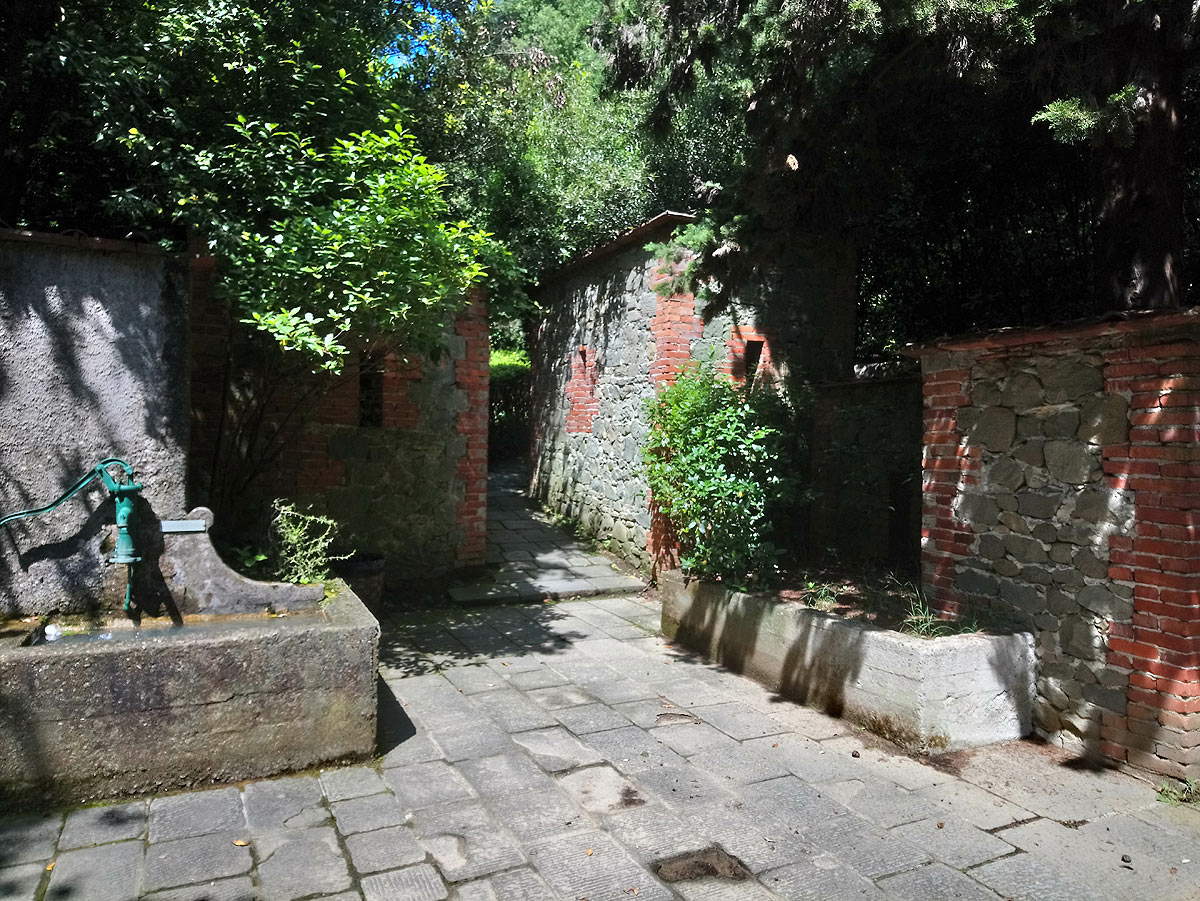
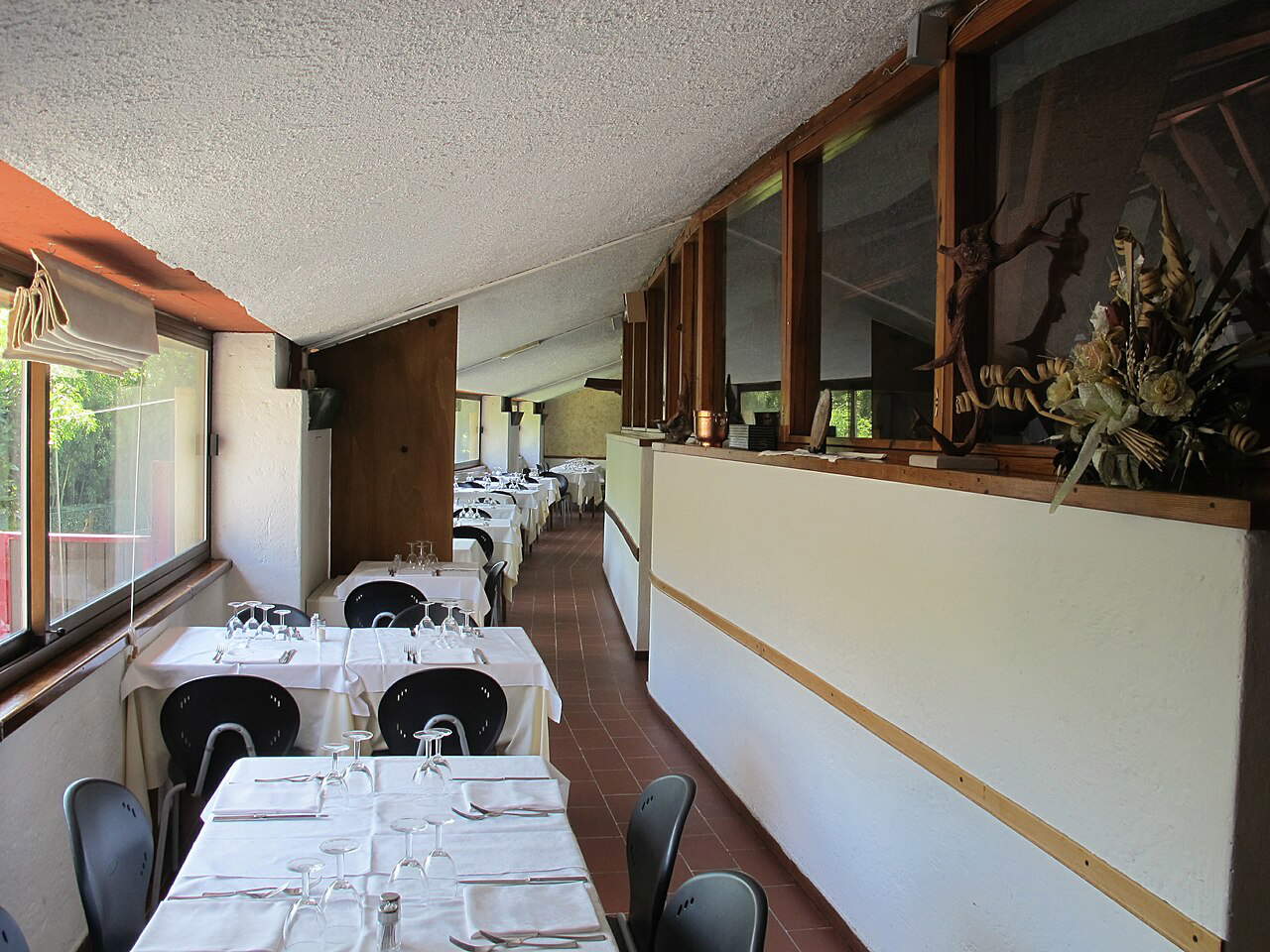
The idea of celebrating the famous puppet in Collodi came to Professor Rolando Anzilotti, mayor of Pescia at the time, and the Committee for the Pinocchio Monument, who appealed to the art world on the 70th anniversary of the work. 84 sculptors responded by submitting their 165 designs to the national competition announced for the monument: the commission composed of important names of the 20th century such as painter Franco Gentilini, sculptors Italo Griselli and Giacomo Manzù, art historian Enzo Carli and architect Giovanni Michelucci decreed the victory ex aequo to the sculptural group “Pinocchio and the Fairy” by Emilio Greco and to the “Piazzetta dei Mosaici” designed by Architects Renato Baldi and Lionello De Luigi and created by sculptor Venturino Venturi.
The Piazzetta dei Mosaici is not a static and celebratory monument, but a living public space, conceived as a modern agora, a place of meeting and wonder. An area adjacent to the eighteenth-century park of Villa Garzoni was taken to delimit it by shaped and decorated mosaic walls, placed in squares 30 meters long each, with scenes from the story of Pinocchio: fragments of glass, stones and multicolored marble that compose scenes and episodes from the novel in a path that closes with the roundabout of all the children in the world. Here the narrative is not ordered according to the sequence of the book, but follows a free, complex and nonlinear course: we are invited to walk through the sides several times, to pause, to discover juxtapositions and cross-references, building a personal reading each time. The naïve and primal style of the figures preserves the archetypal power of the characters, restoring the essence of the childlike and universal tale at once. In the original idea, a five-meter-high statue of Pinocchio-gnomon would have stood at the center, a living sundial destined to cast its shadow on the mosaic walls and mark the time of the tale. Even the pavement is all made of mosaics that reproduce, seen from above, an abstract work. All around are hedges and a forest of holm oaks.
Near the entrance, in a different space, a bronze and steel sculpture by Emilio Greco (Pablo Picasso said of him, “Greco is the greatest draughtsman we have in Europe”), five meters high, was placed instead. The work depicts the human journey of Pinocchio, who is transformed from a simple wooden puppet into a boy. In the composition we recognize three central figures from the famous fairy tale: at the bottom the puppet, shaped by the piece of wood given to Geppetto; in the center the Blue Fairy, who observes and watches over him; and at the top the Hawk, called by the same Fairy to free Pinocchio from his fate of hanging.
The Pinocchio Park is constructed, the site says, "as a surprise route: it begins with two works that condense the meaning of Pinocchio’s story, the monument Pinocchio and the Fairy by Emilio Greco and the Piazzetta dei Mosaici by Venturino Venturi. It is a path in stages, with sculptures, buildings and landscaping where the adult and the child interact together to re-enact the Adventures of Pinocchio, through the works of great artists of the 20th century, such as Pietro Consagra’s sculptures-the cat and the fox-to Zanu’s Great Shark."
In 1963 the first addition to the project with the opening of the Osteria del Gambero Rosso, the work of architect Giovanni Michelucci to give visitors a way to have a place to refresh themselves and eat by taking up the famous osteria from the book. With L’Osteria del Gambero Rosso, Michelucci, after having been a member of the jury for previous works, concretizes (as the work’s file on the Ministry of Culture website writes) “the suggestions in a building that - due to the shape of the roof, the repeated volumetric articulations and the presence of porticos and loggias - appears as a singular revisitation of the image of the Tuscan farmhouse. Inside, where a bar and restaurant is housed, the vast two-level space of the hall turns out to be all encompassed below the sloping pitches of the roof and almost dominated by the fan-shaped concrete pillars that support it: elements that will become a constant theme in Michellucci’s architectural research, appearing here for the first time and painted in red, as if to suggest a fantastic transfiguration of enormous claws.” Original sketches can be viewed here.
To the south of the Park in 1972 there was an expansion with the creation of the ’Paese dei Balocchi,’ designed by Pietro Porcinai on a one-hectare green area inside which scatter the 21 bronze sculptures by Pietro Consagra" representing the characters, situations and environments of the fairy tale and by the constructions of architect Marco Zanuso. Consagra and Zanuso were runners-up in the 1953 competition.
A landscape architect was called in to symbiotically bring the works into dialogue with the surrounding vegetation, and Porcinai was asked by architect Marco Zanuso to design and choose the plantings, and so he did: “in the years 1963-72,” as stated on the website dedicated to Pietro Porcinai: “he will design and implement the cultural park defining not only the program of fundamental interventions related to the landscaping of this area, but during the many meetings and inspections he will propose solutions and make suggestions also regarding architectural and decorative aspects. The choice of vegetation is careful and based not only on the adaptability of plants to the various environments, their functionality and ease and economy of maintenance, but also by its symbolic relationship with the architectural-sculptural elements representing the various episodes of the story of the wooden puppet conceived by Carlo Collodi in ’Toyland.’ Thus the dense hedges of evergreens of Quercus ilex, Laurus nobilis and Pittosporum tobira are chosen to emphasize the static nature of the episodes, while deciduous plants and annual plantings near the sculptures accentuate the movement of the episodes. The blooms were chosen by searching for striking color effects with the fable characters and architectural elements. The design solutions sought also harmonize with the magnificent surrounding landscape in particular with the eighteenth-century garden of Villa Garzoni and the ancient village of Collodi; and some details of the surrounding landscape become deliberately functional for the understanding of the message intrinsic with the individual episodes of the story.”
The vegetation includes various species such as cypress trees, holm oak, olive, noco, acacia (julibrissima) but also shrubs such as laurel, bamboo, boxwood, cistus, cotoneaster, strawberry trees, junipers, broom, pomegranate, myrtle; flowering and climbing of altea, gaillardia, heliantemum, iberis, potentilla, plumbago, lonicera. In the initial area of the Park we find, also, the Laboratory of Words and Figures, conceived by Giovanni Michelucci and built in 1986 by architect Carlo Anzilotti, where visitors can discover the attractions of the M.I.P. - Interactive Museum of Pinocchio. A number of rides and mechanical theaters from the first half of the 20th century have been introduced in the park.
Warning: the translation into English of the original Italian article was created using automatic tools. We undertake to review all articles, but we do not guarantee the total absence of inaccuracies in the translation due to the program. You can find the original by clicking on the ITA button. If you find any mistake,please contact us.